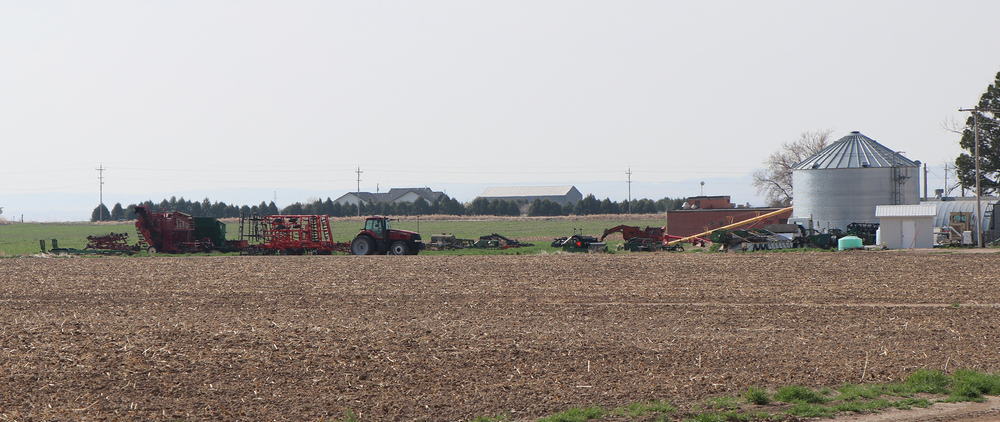![]()

By Jessica Groskopf, UNL ag economist and Cindy Bojanski, CFP®,RICP®
For many farm and ranch families, bringing children or grandchildren into the operation is the ultimate goal. Successfully bringing additional family members into the operation may require some creativity as all parties need to maintain a viable standard of living. This article is part of a series that will highlight ideas and tactics for bringing another family member into the operation. If this is the first article you are seeing in this series, I would encourage you to go back to the previous articles for background and additional guidance. A previous article discussed how life insurance should be structured, and the different types of life insurance.
Life insurance can be a key tool for farm and ranch businesses to provide tax-free death benefits at the death of the insured if the policy is structured correctly. This article discusses how agricultural businesses can use life insurance policies to protect against debt. Future articles will discuss how life insurance can be used for inheritance equalization and funding buy-sell agreements.
Leaving one’s family with a large amount of debt at their death can be a concern for farmers and ranchers. When someone dies, the debt does not disappear, it must be paid out of the estate. One way to mitigate this risk is to purchase term life insurance policies at the start of accruing debt.
Let’s look at an example. A Nebraska Rancher purchased a $1 million parcel of ground using a 30-year mortgage. When the rancher purchases the land, they also purchase a $1 million 30-year term life insurance policy on themselves and name themselves as the beneficiary of the policy. If the rancher dies before the end of the 30-year period, their estate would receive a $1 million death benefit, tax-free. The estate would use this money to pay off the debt on the ranch. Depending on the policy, term life insurance values can be adjusted. As the debt is paid down, the death benefit could also be reduced.
Life insurance may be a valuable tool to provide liquidity for a farm or ranch business. However, depending on your situation, policies may be cost prohibitive or unavailable. The amount of the death benefit, the insured’s age, health status, occupation, lifestyle, and other factors can influence the cost of the insurance premiums. Some people are simply uninsurable.
Jessica Groskopf is a Regional Extension Economist with the Center for Agricultural Profitability at the University of Nebraska–Lincoln. Cindy Bojanski, CFP®,RICP® is a Financial Advisor at Coordinated Planning.
The material in this article is intended for educational purposes and is not intended to provide specific advice or recommendations for any individual, nor does it consider the particular investment objectives, financial situation or needs of individual investors. The authors of this article do not offer tax or legal advice. Any tax or legal related information is provided as general education and is incidental to the topic of financial planning. You should seek specific tax or legal advice from your tax or legal professional before pursuing any idea contemplated herein.
Securities offered through Valmark Securities, Inc. (“VSI”) Member FINRA, SIPC. Investment Advisory services offered through Valmark Advisers, Inc. (“VAI”) a SEC Registered Investment Adviser. Coordinated Planning is a separate entity from VSI and VAI. Jessica Groskopf is not affiliated with VSI and VAI. Certified Financial Planner Board of Standards, Inc. (CFP Board) owns the certification marks CFP® in the United States, which it authorizes use of by individuals who successfully complete CFP Board’s initial and ongoing certification requirements.
